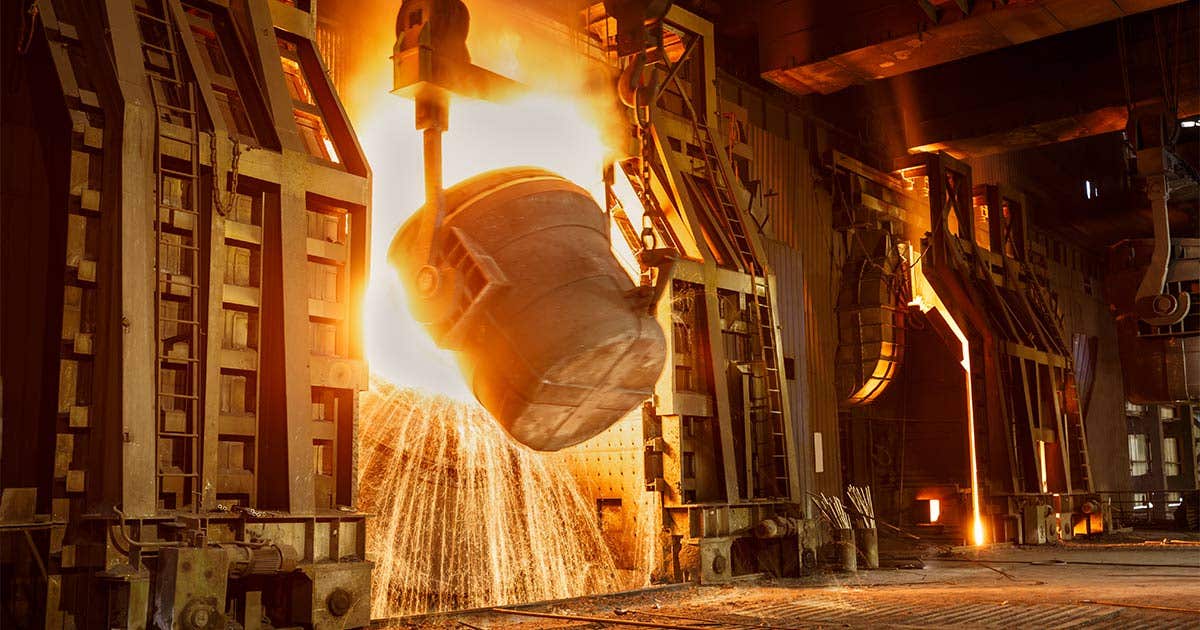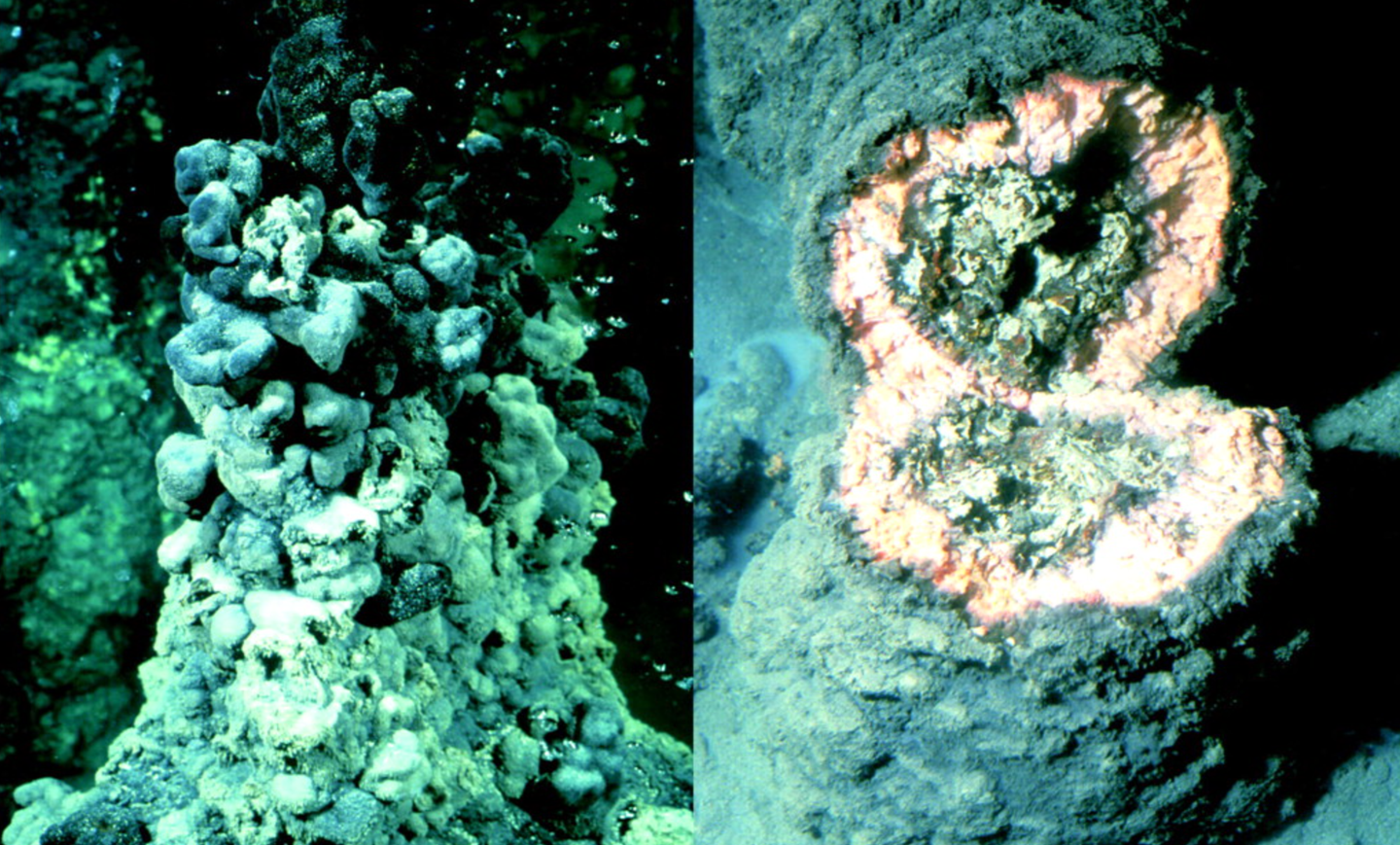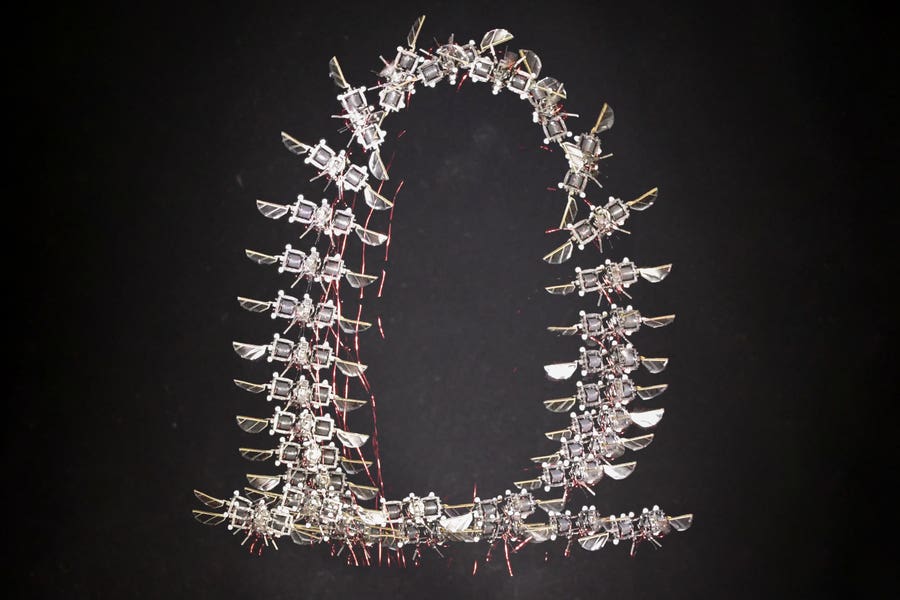Scientists develop an environmentally-friendly method for making steel using electricity
Steel is indispensable in modern construction and manufacturing, forming the backbone of skyscrapers, cars, airplanes, bridges, and more.

Steel is indispensable in modern construction and manufacturing, forming the backbone of skyscrapers, cars, airplanes, bridges, and more. However, the traditional process of steelmaking is notoriously harmful to the environment. It involves mining iron ore, reducing it in a blast furnace with coal, and refining it in an oxygen furnace, emitting significant greenhouse gases. This method is responsible for about 7-9% of global greenhouse gas emissions, making it one of the dirtiest industries.
Boston Metal, a company founded by MIT Professor Emeritus Donald Sadoway, Professor Antoine Allanore, and James Yurko PhD ’01, aims to revolutionize this process. They are using an electrochemical technique called molten oxide electrolysis (MOE), which eliminates many traditional steps and produces oxygen as its only byproduct. This innovation promises to drastically reduce the environmental impact of steel production.
Currently, Boston Metal is already using MOE to extract valuable metals from mining waste at its Brazilian subsidiary, Boston Metal do Brasil. This work not only validates their technology but also helps forge essential partnerships with mining operators. Additionally, the company has built a prototype MOE reactor in Woburn, Massachusetts, to produce green steel.
Despite its name, Boston Metal has a global vision. The company has secured over $370 million from investors across Europe, Asia, the Americas, and the Middle East. This funding is fueling their rapid expansion, aiming to transform steel production worldwide.
“There’s a worldwide recognition that we need to act rapidly, and that’s going to happen through technology solutions like this that can help us move away from incumbent technologies,” says Boston Metal Chief Scientist and former MIT postdoc Guillaume Lambotte. “More and more, climate change is a part of our lives, so the pressure is on everyone to act fast.”
A Decades-Long Journey
Sadoway’s research into electrochemical processes began in the 1980s, focusing on aluminum production. His goal was to find a substitute for the consumable anode that produces carbon dioxide as a byproduct. This research led him to consider a similar electrochemical method for iron production, a precursor to steel.
In 2012, Sadoway and Allanore, then a postdoc at MIT, discovered an iron-chromium alloy that could serve as an inexpensive anode material, making the process commercially viable and environmentally friendly by producing oxygen instead of carbon dioxide. This breakthrough led them to partner with Yurko and establish Boston Metal.
Related Stories
“All of the fundamental studies and the initial technologies came out of MIT,” Lambotte says. “We spun out of research that was patented at MIT and licensed from MIT’s Technology Licensing Office.”
Lambotte joined the team shortly after the publication of a 2013 paper in Nature that detailed the MOE platform. “That’s when it went from the lab, with a coffee cup-sized experiment to prove the fundamentals and produce a few grams, to a company that can produce hundreds of kilograms, and soon, tons of metal,” Lambotte explains.
How MOE Works
Boston Metal’s MOE process occurs in modular cells, each the size of a school bus. Iron ore is introduced into the cell, which contains a cathode and an anode immersed in a liquid electrolyte. The anode is inert, meaning it does not dissolve in the electrolyte or participate in the reaction, other than serving as the positive terminal.
When electricity flows between the anode and cathode, and the cell reaches approximately 1,600 degrees Celsius, the iron oxide in the ore splits, producing pure liquid metal at the bottom, which can be tapped. The byproduct is oxygen, and the process does not require water, hazardous chemicals, or precious-metal catalysts.
The production capacity of each cell depends on its current. Lambotte notes that with about 600,000 amps, each cell could produce up to 10 tons of metal daily. Steelmakers would license Boston Metal’s technology and deploy as many cells as necessary to meet their production goals.
Boston Metal’s MOE technology is already aiding mining companies in recovering high-value metals from waste, which typically requires expensive treatment or storage. Lambotte highlights that MOE could eventually be used to produce various metals, and Boston Metal has recently been selected to negotiate grant funding to produce chromium metal in West Virginia, critical for clean energy applications.
“If you look around the world, a lot of the feedstocks for metal are oxides, and if it’s an oxide, then there’s a chance we can work with that feedstock,” Lambotte says. “There’s a lot of excitement because everyone needs a solution capable of decarbonizing the metal industry, so a lot of people are interested to understand where MOE fits in their own processes.”
Global Impact
Boston Metal’s steel decarbonization technology aims to reach commercial scale by 2026. Meanwhile, their Brazilian plant, powered entirely by renewable energy, is already showcasing the MOE process to the industry.
“I think it’s a window for the metal industry to get acquainted with MOE and see how it works,” Lambotte says. “You need people in the industry to grasp this technology. It’s where you form connections and how new technology spreads.”
Boston Metal’s approach aligns with the global push to decarbonize the energy sector. “We can be the beneficiary of this tremendous worldwide push to decarbonize the energy sector,” Lambotte says. “I think our approach goes hand in hand with that. Fully green steel requires green electricity, and I think what you’ll see is deployment of this technology where [clean electricity] is already readily available.”
While Boston Metal is enthusiastic about MOE’s potential across the metals industry, their primary focus is on reducing the gigatons of emissions from steel production. “Steel produces around 10 percent of global emissions, so that is our north star,” Lambotte says. “Everyone is pledging carbon reductions, emissions reductions, and making net zero goals, so the steel industry is really looking hard for viable technology solutions. People are ready for new approaches.”
By transforming steel production, Boston Metal hopes to significantly mitigate the environmental impact of one of the world’s most essential industries.
For more green news stories check out our Green Impact section at The Brighter Side of News.
Note: Materials provided above by The Brighter Side of News. Content may be edited for style and length.
Like these kind of feel good stories? Get the Brighter Side of News' newsletter.



